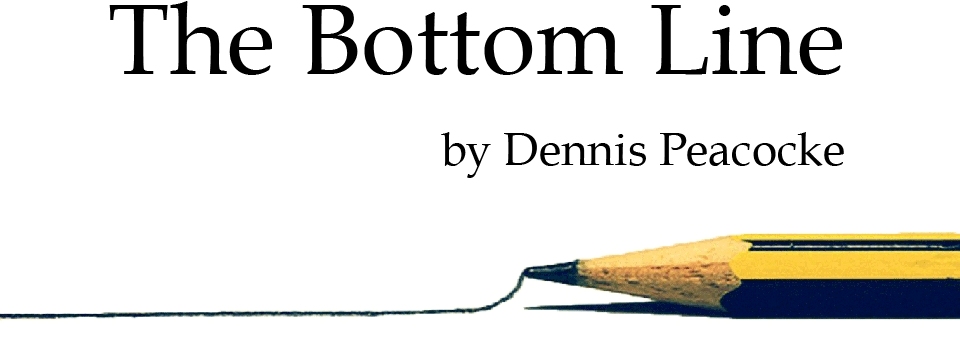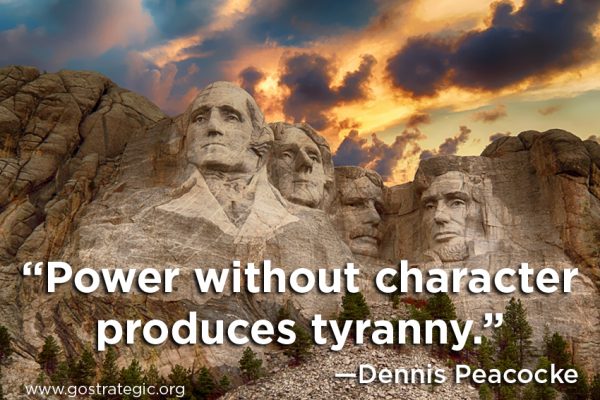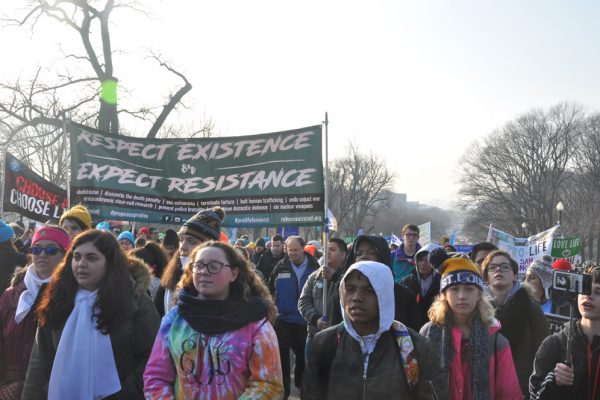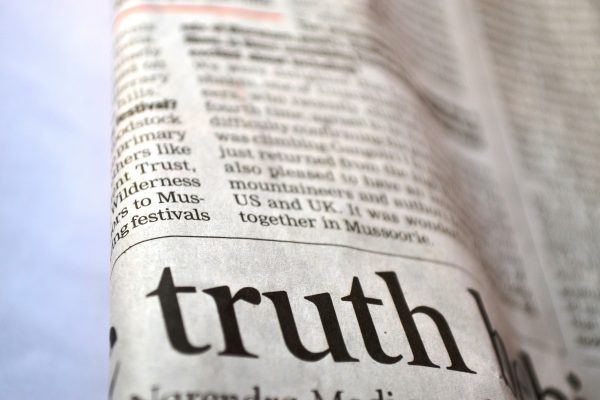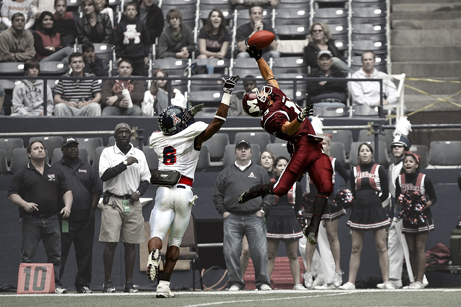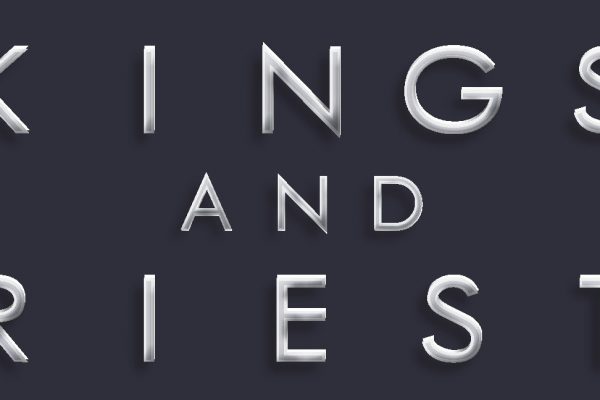March 2017
| A reformation is a robust enough social event to change the collective worldview of a nation and global culture. It not only alters structures, but transcends to change the way massive numbers of people view life itself and the social contexts created to express their very lives.
Put another way, a genuine reformation opens the doors of social change that can continue for generations until it may be altered by another reformation. The Reformation that Luther and the other reformers started, including the Counter-Reformation, altered and eventually reformed both Western culture and Eastern culture while, riding the wave of their efforts, economic trade unified the world over the coming centuries. True reformation is an historical tsunami. We Christians, as a general statement, still do not appreciate the massive power of God’s Word, especially as it goes beyond its effect on us personally, to change both history and society itself. When the Reformation released the Scriptures to the common man in their language, all the latent power of God’s truth and principles began to leaven every dimension of society. In particular, the two massive foundations of modern society–the division of labor (economics) and the separation of powers (political government), both modeled and deduced from the nature of the Trinity–were released and changed everything. Chronicling the components of society individually and how the Scriptures changed them as a result of The Reformation is great fun and a sure-fire path to profound worship. As noted, a Reformation itself is the reshaping of the worldviews of sufficient numbers of people to permanently alter the culture. Therefore, if we are to make a genuine reformation possible by understanding the nature of the prevailing cultures to be changed, we must first understand the core foundations of the worldviews presently driving them. Today, that would be what we commonly call the political «left» and «right,» with obvious nuances within them both and some religious-cultural exceptions beyond them. These two alternative worldviews have trapped us all in a stalemated conflict where conversation is increasingly impossible because neither side truly understands the «both-and» dimensions of their common concerns and are locked into a no-win, «either-or» paradigm. And He said to him, «‘You shall love the Lord your God with all your heart, and with all your soul, and with all your mind.’ This is the great and foremost commandment. The second is like it, ‘You shall love your neighbor as yourself.’ On these two commandments depend the whole Law and the Prophets.» -Matthew 22:37-40 This Greatest Commandment must be the foundation of our biblically based public policy as we proceed into this turbulent process of cultural upheaval. It carries within it both the issues of personal worldview, justice-righteousness, and connection to God and His political gifts to all people as individuals (the issues of the «right»), as well as the issues of community and our moral and relational responsibilities to one another (the issues of the «left»). Our worldview is comprehensive and bridges the issues and concerns of both sides of mankind’s quest for personal freedom and social empowerment. That priestly function of mediation is our privilege and our intellectual gift from Christ to humanity out of God’s love and common grace to mankind. It is true, as we will shortly see, that at a foundational level, agreement which allows us to socially function together will require appropriate accommodation and space to disagree in that process towards the practical applications of public policy. That being said, a future reformation rests upon the renegotiation of what those accommodations will actually look like. Yet for now, we cannot proceed further until we first examine some of the obstacles and major issues of our current conflict which stand at the doorway to any further movement towards a genuine Reformation. And that is… |
THE BOTTOM LINE.
We will pick up where we left off!

